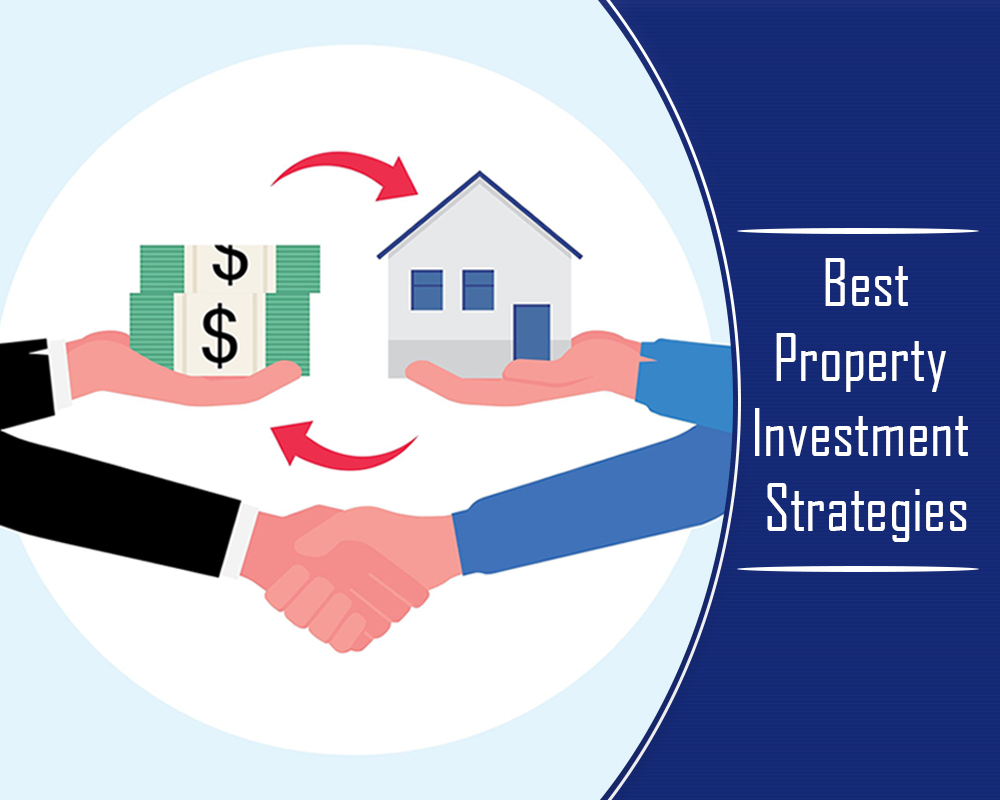
Real Estate Investment Mistakes: The Fatal Errors Investors Make
by Sbgroupusa | Jan 17, 2025 | Real estate
Real estate investment is a lucrative path to financial freedom, but it’s not without its risks. Many investors, especially beginners, fall into traps that could have been avoided with the right knowledge and planning. From ignoring due diligence to letting emotions dictate decisions, these mistakes can lead to financial loss or missed opportunities.
In this blog, we’ll uncover the most common and fatal mistakes real estate investors make, and more importantly, how you can avoid them to build a profitable portfolio with confidence.
Mistake #1: Skipping Proper Market Research
One of the gravest errors investors make is failing to research the market before purchasing a property. Real estate markets are highly localized, and factors such as neighborhood demand, infrastructure developments, and economic conditions can drastically affect property values.
- Why It’s Fatal: Without understanding the local market, you risk overpaying for a property or buying in a declining area.
- How to Avoid It:
- Analyze historical price trends in the area.
- Study demand for the type of property you plan to invest in (e.g., single-family homes, multi-family units).
- Consult local real estate agents or use tools like Zillow, Redfin, or Realtor.com for data.
Mistake #2: Overleveraging
Leverage is a powerful tool in real estate investment, but overextending yourself financially can be disastrous. Some investors take on too much debt, assuming future income will cover it, only to face unexpected expenses or market downturns.
- Why It’s Fatal: Excessive debt can lead to cash flow issues, foreclosure, or bankruptcy if rental income or property appreciation doesn’t meet expectations.
- How to Avoid It:
- Follow the “30% Rule,” ensuring your monthly mortgage payment doesn’t exceed 30% of your income.
- Keep a reserve fund for emergencies, such as repairs or unexpected vacancies.
- Avoid risky loans with high-interest rates or hidden fees.
Mistake #3: Ignoring Due Diligence
Rushing into a deal without thoroughly inspecting the property or reviewing its financials is a costly mistake. Many investors fall victim to hidden issues such as structural damage, zoning restrictions, or inflated seller valuations.
- Why It’s Fatal: Ignoring due diligence can lead to unexpected repair costs, legal disputes, or a property that’s difficult to rent or sell.
- How to Avoid It:
- Hire a professional inspector to assess the property’s condition.
- Verify property ownership, zoning laws, and permits.
- Analyze the seller’s claims about rental income or other financial projections.
Mistake #4: Letting Emotions Guide Decisions
Investing in real estate requires a clear head and a focus on numbers. However, some investors let emotions drive their decisions, whether it’s falling in love with a property or panicking during a market downturn.
- Why It’s Fatal: Emotional decisions often lead to overpaying, holding onto properties too long, or selling prematurely.
- How to Avoid It:
- Stick to your investment criteria, such as ROI or cash-on-cash return.
- Don’t let fear or excitement cloud your judgment—consult professionals when in doubt.
- Regularly review your portfolio’s performance to ensure it aligns with your goals.
Mistake #5: Underestimating Costs
Many investors focus solely on the purchase price and overlook additional costs such as maintenance, property taxes, insurance, and vacancies. These hidden expenses can quickly erode profits if not accounted for.
- Why It’s Fatal: Underestimating costs can turn a profitable investment into a financial burden.
- How to Avoid It:
- Use a comprehensive investment calculator to estimate expenses.
- Budget at least 1-3% of the property’s value annually for maintenance.
- Plan for periods of vacancy or tenant turnover.
Mistake #6: Neglecting to Build a Network
Real estate investing isn’t a solo journey. Failing to establish a network of professionals—such as agents, contractors, lenders, and property managers—can limit your success and leave you vulnerable to costly mistakes.
- Why It’s Fatal: Without expert guidance, you may miss out on valuable insights, off-market deals, or opportunities to streamline your investments.
- How to Avoid It:
- Attend local real estate investment groups or networking events.
- Build relationships with experienced investors who can mentor you.
- Leverage online platforms like BiggerPockets for advice and connections.

Mistake #7: Failing to Plan an Exit Strategy
An exit strategy is your roadmap for selling or transitioning your property when the time is right. Many investors fail to plan ahead, leading to missed opportunities or losses when they need to liquidate.
- Why It’s Fatal: Without an exit plan, you may hold onto a property longer than necessary or sell under unfavorable conditions.
- How to Avoid It:
- Decide upfront whether you’ll flip, rent, or hold the property long-term.
- Monitor market trends to identify the best time to sell.
- Always have a backup plan, such as refinancing or transitioning to a rental strategy.
Success Stories: Learning from Others
Successful investors know the value of learning from both their own mistakes and those of others. For instance, consider Jane, a real estate investor who initially bought a property without inspecting it. She later discovered major plumbing issues that cost $20,000 to fix. After that costly mistake, she always conducted thorough inspections and built a trusted network of professionals. Today, Jane owns a thriving portfolio of rental properties.
Conclusion
Real estate investing can be incredibly rewarding, but it requires careful planning and informed decision-making to avoid pitfalls. By recognizing and addressing the common mistakes discussed above, you can minimize risks and maximize your chances of success.
Remember, every investor makes mistakes—it’s how you learn from them and adapt that truly determines your success. Dare to avoid these fatal errors, and you’ll be well on your way to building a profitable real estate portfolio.









